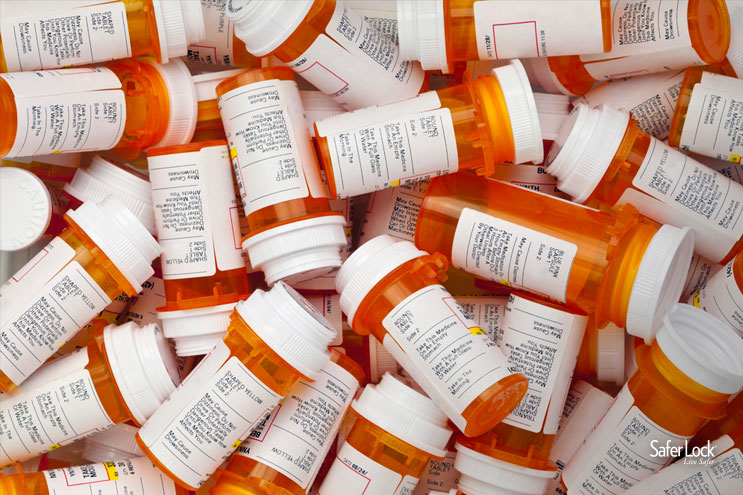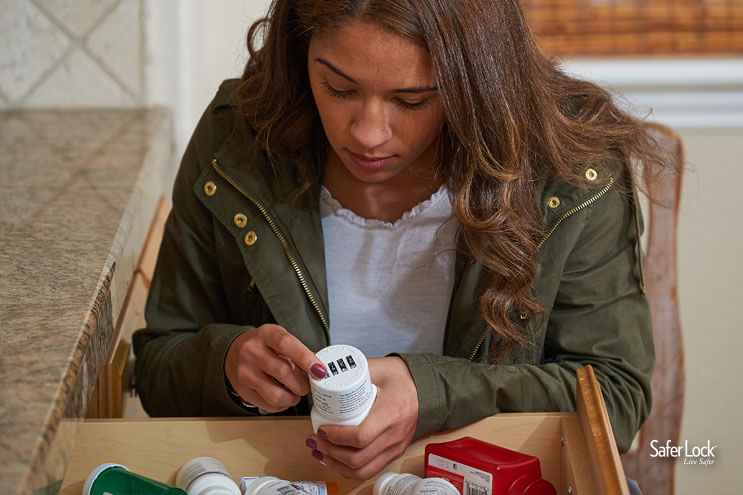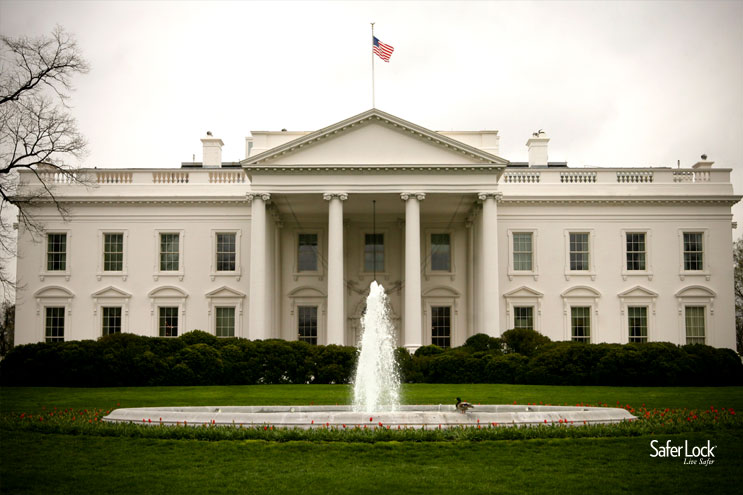Tragically, the tiniest victims of medication overdose are often toddlers or young children who accidentally consume medications intended for someone else. Those could be “over the counter” meds such as aspirin or vitamins, or powerful prescription pain pills or cardiac meds.
The Centers for Disease Control and Prevention (CDC) reports that medication overdoses often lead to emergency treatment, hospitalization and even death. Highlighting the severity of this significant public health problem, data from the CDC indicates that, each year:
- Approximately 60,000 emergency department (ED) visits result from unintentional medication overdoses among children under the age of five.
- One out of every 150 two-year-olds is treated in an ED for an unintentional medication overdose.
- Over 90% of ED visits for unintentional medication overdoses among children under the age of five involve children who get into medicine on their own without caregiver oversight.
To tackle this issue on multiple fronts, the CDC developed the Prevention of Overdoses and Treatment Errors in Children Taskforce (PROTECT) Initiative. This innovative collaboration brings together public health agencies, private sector companies, professional organizations, consumer/patient advocates, and academic experts focused on developing strategies to reduce harm from unintentional medication overdoses in children.
Nathan Langley, the co-founder of the Safer LockTM and Vice President of Business Development for Gatekeeper Innovation, Inc., recently joined other PROTECT thought leaders at CDC headquarters in Atlanta to explain how Safer Lock use can reduce childhood exposure to powerful medications.
Presenting to industry leaders and healthcare experts at their year-end meeting, Mr. Langley shared the Safer Lock white paper on Innovations in Abuse-Deterrent Pharmaceutical Packaging. He also presented promising results from a Department of Defense study that showed Safer Lock use can potentially reduce the misuse of medications by people (including children) who aren’t the intended consumer.
Mr. Langley’s presentation was well received and sets the stage for collaboration with industry stakeholders who view abuse-deterrent packaging as a powerful tool in reducing accidental poisoning.




